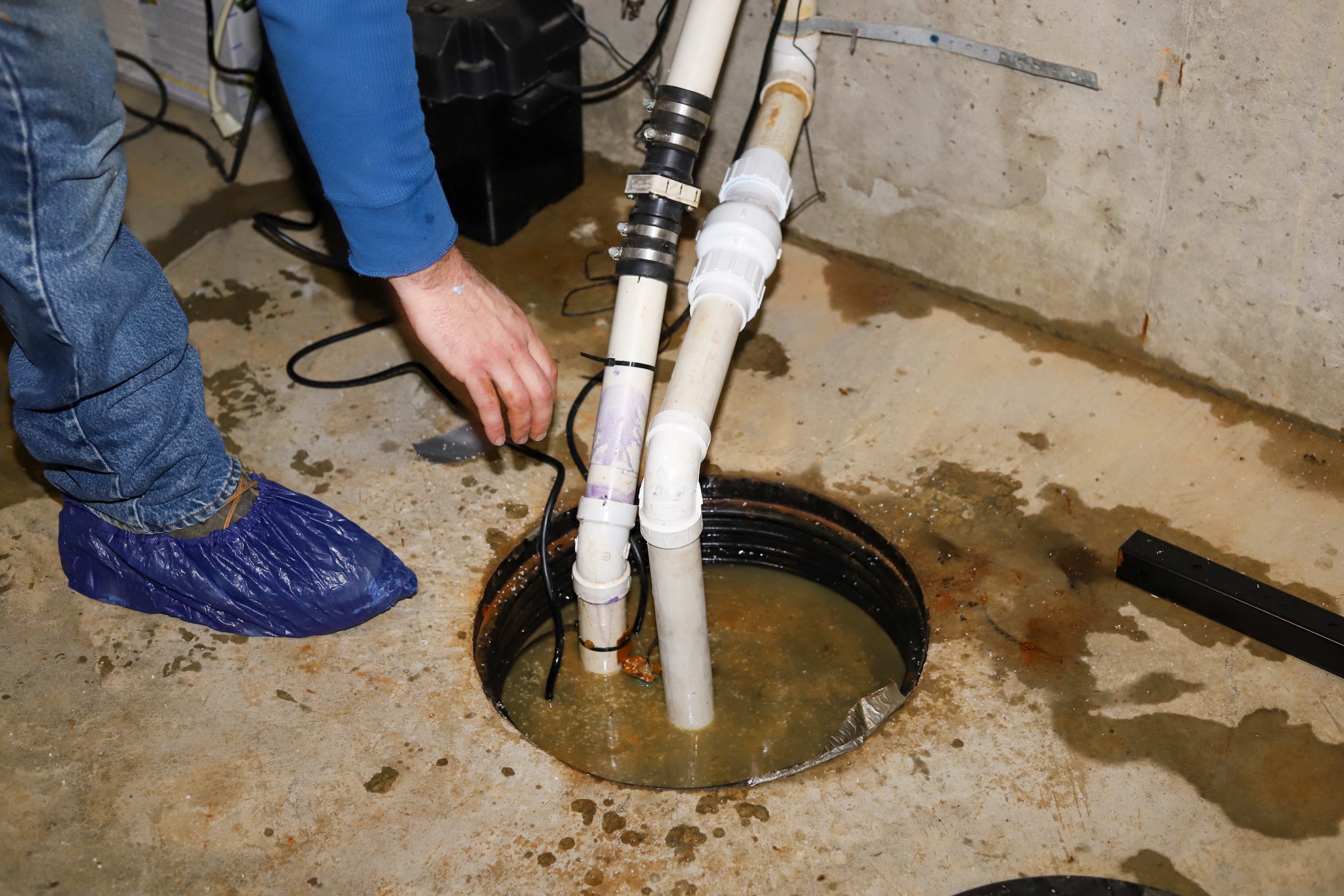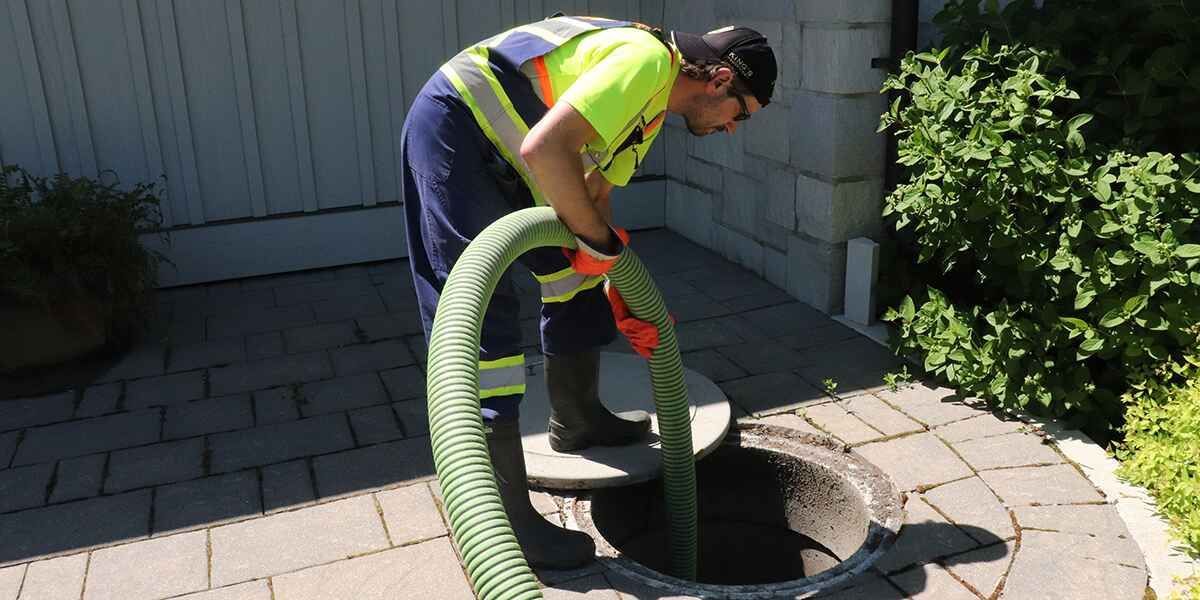Just about everyone has their own piece of advice on the subject of Keep Your Sump Pump Clean, It'll Keep You Dry.

Sump pumps are crucial parts in many homes, particularly in areas vulnerable to flooding or excessive moisture. They assist avoid water damage by efficiently removing excess water from basements or crawl spaces. Nevertheless, like any other home appliance, sump pumps need normal upkeep to ensure they function successfully when required one of the most. Cleansing your sump pump is a vital part of its upkeep, and comprehending how to do it appropriately can conserve you from pricey repairs and prospective catastrophes.
Intro
Keeping a tidy sump pump is vital for its correct functioning and long life. Overlooking this necessary task can lead to blockages, breakdowns, and ultimately, water damages to your residential property. As a result, finding out exactly how to clean up a sump pump is important for homeowners that rely on these devices to keep their cellars completely dry and protected.
Recognizing the Sump Pump
Before diving right into the cleansing process, it's vital to have a fundamental understanding of how a sump pump works. Normally set up in a pit or basin listed below the cellar floor, a sump pump consists of several essential parts, consisting of a pump, a float button, and a discharge pipeline. When water gathers in the pit, the float button triggers the pump, which then pumps the water out through the discharge pipeline, far from the structure's foundation.
Indications of a Dirty Sump Pump
Knowing when your sump pump needs cleansing is critical for avoiding possible malfunctions. Some typical indications that suggest an unclean sump pump consist of weird sounds during operation, decreased water circulation, and visible particles in the pit. If you notice any one of these signs, it's necessary to cleanse your sump pump quickly to stay clear of any additional concerns.
Planning for Cleaning
Before you start cleansing your sump pump, it's essential to take some safety precautions. Beginning by shutting down the power to the pump to prevent any electrical mishaps. Furthermore, put on suitable protective equipment, such as handwear covers and safety glasses, to safeguard yourself from dust, debris, and potential microorganisms.
Detailed Guide to Cleaning a Sump Pump
Shutting down the Power
Begin by separating the power supply to the sump pump to avoid any type of accidents while cleaning.
Eliminating Debris and Dirt
Make use of a bucket or a scoop to eliminate any type of visible debris, dust, or debris from the sump pit. Dispose of the particles properly to avoid it from clogging the pump or the discharge pipe.
Cleaning up the Pump and Drift Change
When the pit is free from particles, very carefully get rid of the pump from the pit. Check the pump and the float switch for any indications of damage or wear. Use a soft brush or fabric to cleanse the surface areas and eliminate any collected grime.
Purging the System
After cleaning up the pump and float switch, purge the sump pit with tidy water to eliminate any type of staying dirt or sediment. This will certainly assist guarantee that the pump operates efficiently and successfully.
Looking For Appropriate Performance
Before re-installing the pump, perform a quick test to make certain that the float switch activates the pump properly. Pour some water into the sump pit and observe the pump's operation. If everything is working appropriately, you can reassemble the pump and reconnect the power supply.
Upkeep Tips to Maintain Your Sump Pump Clean
Along with periodic cleansing, there are several upkeep tips you can follow to keep your sump pump in optimal condition:
Verdict
Cleaning your sump pump is a crucial element of its upkeep and makes sure that it operates effectively when you need it the most. By following the actions detailed in this guide and integrating normal upkeep into your routine, you can prolong the life expectancy of your sump pump and safeguard your home from water damages.
6 STEPS ON HOW TO CLEAN A SUMP PUMP PROPERLY
UNDERSTANDING SUMP PUMPS
Your sump pump plays a crucial role in protecting your home by managing and removing excess water. It primarily functions as a “shield”, guarding your basement against the damaging effects of water accumulation. The pump is housed in a sump pit in the lowest part of your basement, and its job is to pump out any water that collects there.
During heavy rainfalls or when snow melts rapidly, water can infiltrate your basement, posing potential risks like flooding, structural damage, and harmful mold growth. Here, the sump pump springs into action, pumping out the intruding water and directing it away from your home.
SAFETY FIRST
Before cleaning, remember to prioritize safety. Disconnect the sump pump from the power source to prevent any accidental electric shocks. Also, wear sturdy gloves to protect your hands from any sharp or dirty components within the pump.
REMOVE THE SUMP PUMP
After ensuring your safety, the next step is to remove the sump pump from its pit. Doing this might require careful maneuvering as you don’t want to damage any pump components. Once removed, clean the sump pit to remove any accumulated debris or sludge.
INSPECT THE PUMP
Inspect the pump for any visible signs of wear or damage. Check the power cord, float switch, and impeller housing. If any components look worn out or damaged, consider replacing them to ensure optimal performance.
CLEAN THE PUMP
Thoroughly clean the pump with warm, soapy water. Make sure to rid it of any dirt, gravel, or other debris that might impede its performance. You can use a toothbrush to clean the small, hard-to-reach parts of the pump.
REINSTALL THE SUMP PUMP
Reinstall the pump into the sump pit Make sure it’s positioned correctly to remove the water effectively Once it’s back in place, reconnect it to the power source TEST THE PUMP
Finally, pour some water into the pit to ensure the pump works correctly. It should start automatically and begin pumping out the water; if it doesn’t, check the power source and the positioning of the pump.
Remember, while cleaning your sump pump is an essential part of home maintenance, hiring a professional plumber for a thorough inspection and cleaning at least once a year is also important. This will ensure that your pump is in optimal condition, ready to protect your home from potential water damage.
BEST PRACTICES FOR CLEANING SUMP PUMP DISCHARGE PIPES
Regular Inspection: Regularly inspect your discharge pipes, especially during heavy rainfall or snowmelt periods. Look for any signs of blockage or damage. Early detection of problems can prevent serious issues down the line. Periodic Cleaning: Over time, sediment and debris can accumulate in the discharge pipes, impeding the flow of water. Regular cleaning helps keep the pipes clear and functioning efficiently. You can use a high-pressure water jet to effectively clean the pipes. Insulation During Winter: In colder climates, discharge pipes can freeze, blocking the outflow of water. Protect your discharge pipes from freezing temperatures by insulating them with foam pipe insulation. This will ensure the sump pump can continue to discharge water even in freezing conditions. Proper Positioning: The discharge pipe should be positioned to direct water away from your home’s foundation. Improper positioning can lead to water seeping back into the basement. Ensure the pipe is long enough and angled correctly. Installation of a Check Valve: A check valve prevents water from flowing back into your sump pit after the pump has pushed it out. Installing a check valve helps maintain the efficiency of your sump pump and reduces the risk of flooding. Minimize Pipe Turns: Every curve or turn in the discharge pipe can decrease the efficiency of water flow. By minimizing turns and bends in your discharge pipe, you can increase the efficiency of your sump pump. https://www.fullspeedplumbing.com/how-to-clean-a-sump-pump-properly9999/

I recently found that post about How to Care for Your Sump Pump while browsing on the internet. Are you aware of another individual who is excited by the niche? Be sure share it. Thank-you for taking the time to read it.
Schedule Free Estimate